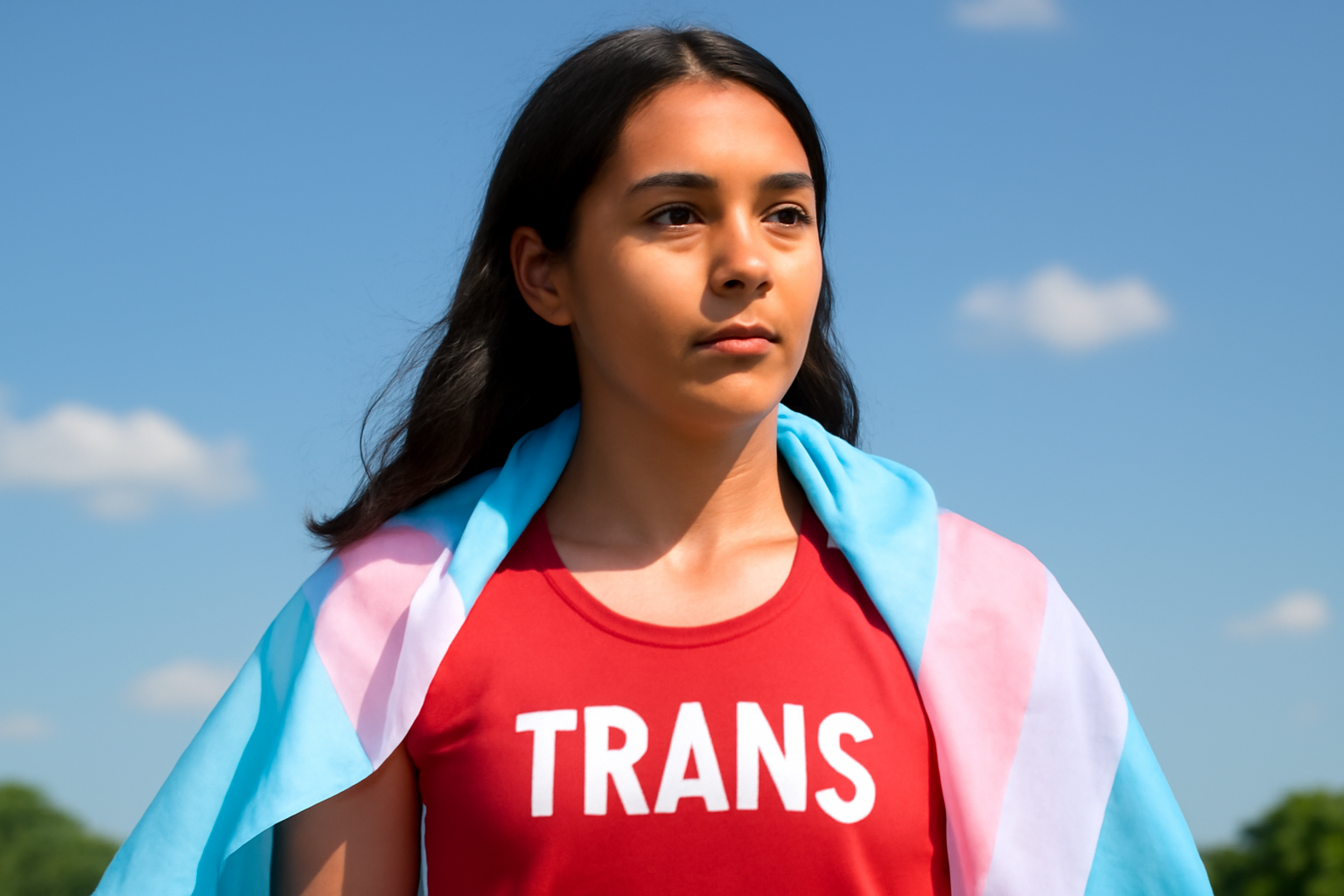
The issue of transgender athletes participating in sports has sparked significant debate across the United States. Recently, the House of Representatives passed a bill aimed at prohibiting transgender student athletes from competing in girls’ sports. This legislation, known as the Protection of Women and Girls in Sports Act, seeks to amend Title IX, a critical civil rights law that prohibits sex discrimination in education. The Act would prevent schools receiving federal funds from allowing transgender girls and women to compete in sports designated for female athletes.
This legislative move has been heavily promoted by Republican lawmakers as a measure to protect women’s sports. However, the backdrop of this push includes a broader cultural discourse where transgender rights have frequently come under attack, especially during election cycles.
Political Context and Rhetoric
During the recent election cycle, rhetoric targeting transgender individuals was rampant. Former President Trump’s campaign events were marked by inflammatory statements, including baseless claims about transgender operations and gender-affirming procedures in schools. These remarks contributed to a charged atmosphere, with transgender rights becoming a focal point of political discourse.
Following the election, the narrative continued, with promises from the president-elect to prioritize what he termed "ending transgender lunacy." This included intentions to issue executive orders targeting the presence of transgender individuals in the military and educational institutions, and policies regarding transgender athletes.
The Reality of Transgender Athletes in Schools
Despite the heated political discussions, the actual number of transgender athletes in the United States is remarkably small. According to data from the Williams Institute at UCLA's Law School, approximately 1.3 million adults and 300,000 young people aged 13 to 17 identify as transgender in the US. This equates to about half a percent and 1.4 percent of the population, respectively.
However, not all these individuals identify as women, nor do they all participate in sports. Specifically, the legislation in question targets transgender women in sports. Researcher and medical physicist Joanna Harper estimated in an interview with Newsweek that there are likely fewer than 100 transgender women competing in NCAA sports in the women’s category.
The numbers are even smaller among younger athletes. According to Gillian Branstetter from the American Civil Liberties Union (ACLU), only five transgender athletes were identified as participating in girls’ school sports teams across grades K through 12, as reported by Save Women’s Sports, an advocacy group supporting the legislation. This tiny number underscores the disproportionate attention and legislative efforts aimed at restricting their participation.
Legislative Implications and Future Prospects
The Protection of Women and Girls in Sports Act passed the House with a 218 to 206 vote, largely supported by Republicans. However, the bill's future remains uncertain in the Senate, which is controlled by Democrats. Senator Tommy Tuberville is championing the bill in the Senate, but with other legislative priorities, including presidential cabinet confirmations, the bill may face delays.
This situation highlights the complex interplay between politics, legislation, and the lived realities of transgender individuals in sports. The intense focus on this small group of athletes raises questions about the motivations behind such legislative measures and the broader impact on transgender rights in the US.
In conclusion, while the participation of transgender athletes in sports has become a highly politicized issue, the empirical data suggests that their numbers are exceedingly small. The legislative efforts to restrict their participation appear disproportionate to the scale of the issue, pointing to a broader cultural and political struggle over transgender rights in America.
Related Posts
Ryan Russell: Living Authentically as a Bisexual NFL Player
Ryan Russell: embracing authenticity as a bisexual NFL player September 11, 2018, stands out as a deeply personal day in Ryan Russell's life. Not because he achieved something on a football field, but because he lost his dear friend and college roommate, Joe Gilliam, who succumbed after a brave battle with cancer. Throughout Joe's fight, Ryan was there, supporting him every step, even dedicating [...]
Jacob Elordi Shines in a Queer Love Story "On Swift Horses"
Jacob Elordi's latest film, "On Swift Horses," might leave you guessing at first, but at heart, it's a deeply moving queer love story. It's an adaptation from Shannon Pufahl's novel, brought vividly alive by director Daniel Minahan and writer Bryce Kass, weaving together themes that explore love, identity, and self-discovery on many levels. Love unfolds in 1950s America Step back in time with "O [...]
Creating New Models for LGBTQ+ Parenting: Embracing Community and Visibility
Empowering parenthood: envisioning a truly inclusive future "I'm all in when it comes down helping people realize their dreams about becoming parents," says Marea Goodman. She's not just a midwife; she's an author and founder who built Pregnant Together, an inclusive community with a heart. Goodman passionately believes that everyone, no matter who they are, deserves a shot at parenting. With tw [...]